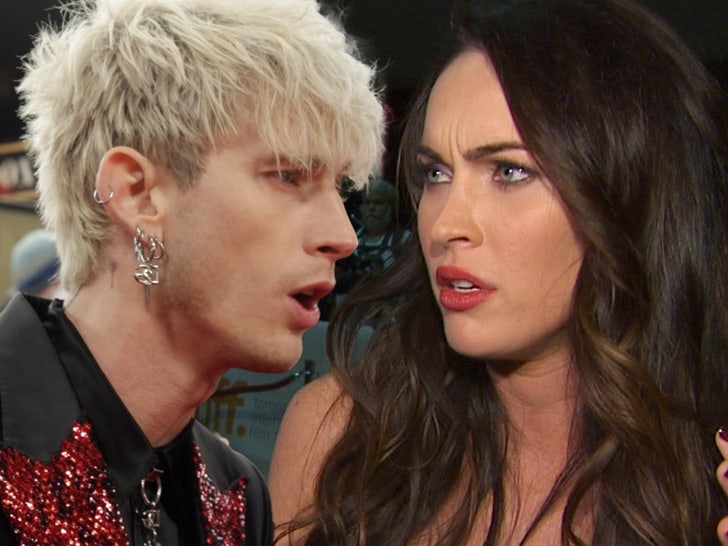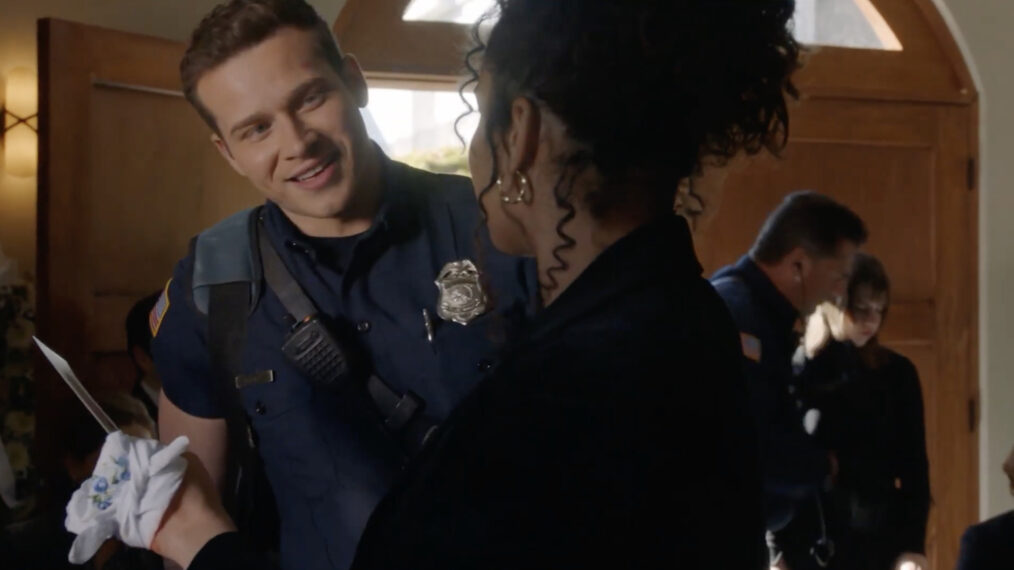Christmas is often associated with joy, giving, and warmth, but European folklore reveals a darker side to the holiday season. From malevolent spirits to sinister gift-bringers, many Christmas traditions have a terrifying twist. Let’s embark on a journey to explore the creepy Christmas customs that haunt Europe’s holiday landscape.
1. Krampus (Austria and Germany)
Krampus, the half-goat, half-demon creature, is the dark counterpart to Saint Nicholas. While Saint Nicholas rewards good children, Krampus punishes the naughty ones, often by dragging them to hell.
2. The Yule Lads (Iceland)
The 13 Yule Lads, or Jólasveinar, are mischievous spirits who visit children over the 13 nights leading up to Christmas. Each Yule Lad has a unique and often disturbing talent, such as stealing sausages or licking spoons.
3. La Befana (Italy)
La Befana, a witch-like figure, delivers gifts on January 6th (Epiphany). However, her origins are rooted in darkness: she’s said to be searching for the baby Jesus, and those who don’t leave gifts are punished.
4. Zwarte Piet (Netherlands)
Zwarte Piet, or Black Peter, is Saint Nicholas’s companion. However, his origins are shrouded in controversy, with some interpretations depicting him as a enslaved or demonized figure.
5. The Gryla (Iceland)
The Gryla, a monstrous troll, is said to devour naughty children during Christmas. Her pet, the Yule Cat, also roams the countryside, searching for victims.
6. Frau Perchta (Germany and Austria)
Frau Perchta, a female spirit, rewards good children but punishes the naughty ones by ripping out their intestines or replacing them with rocks.
7. The Mari Lwyd (Wales)
The Mari Lwyd, a horse-like figure, visits homes during Christmas, singing and demanding food and drink. Those who refuse are cursed.
The Origins of European Christmas Horror
These terrifying traditions have roots in:
- Paganism: Pre-Christian festivals and rituals often involved dark, supernatural themes.
- Medieval Folklore: Stories of evil spirits and moral lessons were used to frighten children into behaving.
- Cultural Influences: Christianity’s absorption of pagan traditions led to the creation of complex, often disturbing characters.
European Christmas horror traditions offer a glimpse into the darker side of the holiday season. These creepy customs remind us that, even in the most joyful times, there’s always a hint of darkness lurking beneath the surface.
Recommended Reading:
- “The Golden Bough” by Sir James George Frazer (exploring pagan influences on Christmas traditions)
- “The Oxford Book of Christmas Folklore” by Michael Harrison (delving into European Christmas folklore)
- “Krampus: The Yule Lord” by Brom (a dark fantasy novel exploring Krampus’s origins)
Experience European Christmas Horror:
- Visit Austria’s Krampusnacht festivals
- Explore Iceland’s Yule Lads exhibitions
- Attend Italy’s La Befana celebrations
Respect Cultural Traditions:
Remember that these customs are an integral part of European cultural heritage. Approach with respect and understanding, rather than sensationalism or exploitation.













































































